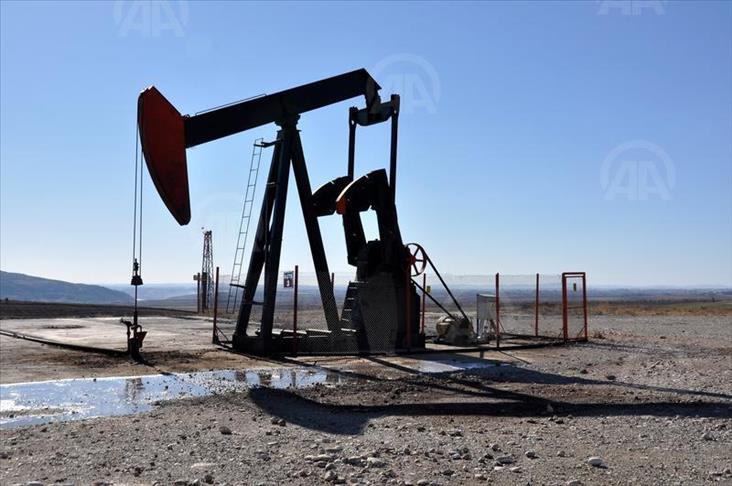
ANKARA
Global energy demand is to grow by 37 percent by 2040, according to the International Energy Agency's report: World Energy Outlook for 2014 released on Wednesday.
The International Energy Agency, IEA, reviewed the energy sector and examined the effects of a global energy mix, as well as provided forecasts on the sector's future covering the period up to 2040.
Growth in global energy demand has been at a two percent annual pace for the past two decades but after 2025 this growth rate will slow to one percent. Energy usage will decrease in Europe, Japan, Korea and North America while a rise in demand will be seen in the rest of Asia, Africa, the Middle East and Latin America, according to the report.
According to the Agency's projections, an investment of $900 billion per year is needed in upstream oil and gas development by the 2030s to meet demand. Also, a predicted uptake in oil use for transport and petrochemicals will raise oil demand by 15.5 percent, from 2013 with 90 million barrels per day to 104 million barrels per day by 2040.
In the early 2030s, China is anticipated to become the largest oil-consuming country as oil use falls in the U.S. and Asian countries are set to import two out of every three barrels of crude traded internationally by 2040.
Natural gas demand is to show the fastest rate of growth among the fossil fuels by 2040 to which China and the Middle East will contribute by displaying the most demand for gas.
Gas production is to increase everywhere except Europe and unconventional gas will account for almost 60 percent of the global supply growth, the report says.
Global coal demand is to grow by 15 percent by 2040. Although there is abundance of coal, its use is restricted because of global carbon emission lowering targets.
India will surpass the U.S. and become the world's second largest coal consumer by 2020 and dominate China by becoming the largest coal importer.
As the costs of renewables reduce and incentives continue, they will account for almost 50 percent of an increase in the total electricity generation by 2040.
A total capacity of 7,200 gigawatts is needed to keep up with the increasing electricity demand which is the fastest growing final form of energy.
The use of renewables for heat will more than double and use of biofuels will more than triple to 4.6 million barrels per day. Globally, wind power is to account for the largest share of growth within renewables, followed by hydropower and solar energy.
Nuclear energy is to have an important part in national energy strategies, as it reduces foreign dependency and helps reduce carbon emissions, even in countries planning to lessen nuclear's share. Global nuclear power capacity will increase by almost 60 percent from 392 gigawatts in 2013 to over 620 gigawatts in 2040, the report suggests.
China is to account for 45 percent while India, Korea and Russia collectively make up a further 30 percent of the nuclear capacity growth in 2040.
Anadolu Agency website contains only a portion of the news stories offered to subscribers in the AA News Broadcasting System (HAS), and in summarized form. Please contact us for subscription options.

